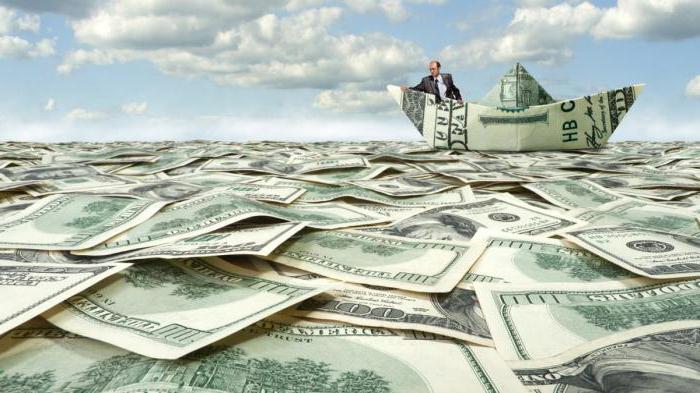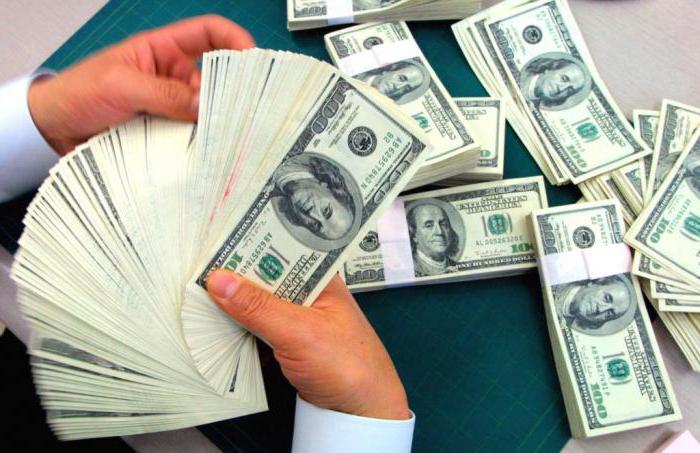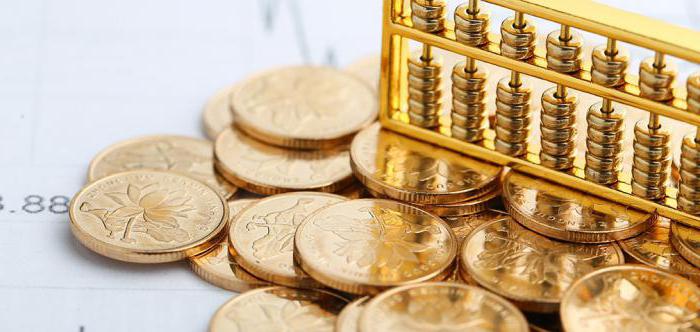A credit multiplier is a pattern according to which an increase in the money supply occurs within a certain coefficient.
Imagine that the Central Bank bought securities in the amount of 10 thousand rubles. To pay off the seller, he issues a similar amount of money. If the seller puts the money into the account, the bank will have the opportunity to issue it as a loan. All this determines the expansion of the money supply as a whole.

Stages of movement of the money supply may be more. This cash flow is called the "money multiplier".
Basic concepts
To manage the money supply, it is necessary to calculate the indicator of the credit multiplier. The central bank regulates its size with the help of reserves held by commercial banks.
The size of the multiplier is different for each country and tends to fluctuate. In countries with developed economies, the coefficient can be several times higher than the initial issue. By adjusting the multiplier, the Central Bank creates a monetary base, the basis of which is the most liquid cash and deposits of commercial banking institutions. The monetary base demonstrates what the Central Bank can dispose of.
There is an inverse relationship between the volume of commercial reserves held by the Central Bank and the money multiplier. The higher the reserve, the smaller the multiplier, and vice versa. With an increase in the credit multiplier, an increase in non-cash cash flow is observed.

The essence of banking animation
In different countries, the issue of money is carried out taking into account the type of economy. In the case of command distribution, emissions are based on policy plans. In a market economy, a banking system is implemented on the basis of two levels - commercial and central banks. In the latter case, the emission occurs due to the bank multiplier coefficient. By controlling and regulating the mechanism of animation, the Central Bank increases or reduces the capabilities of commercial structures.
So, the bank credit multiplier shows how much the money supply will be reduced due to the increase or decrease in the deposit by one unit.
It is defined by the economy as the process of increasing the money supply on deposit accounts of commercial structures when it moves between banks.
Animation mechanism activation
The multiplication mechanism in the bank is activated not only upon the issuance of credit funds, but also in the event that the Central Bank acquires securities or foreign currency. As a result, the resource capabilities of banks located in assets decrease and the volume of reserves used for lending increases. This is called the banking animation mechanism. It starts even if the required reserve is reduced.

Only the Central Bank can manage a bank deposit credit multiplier, while control over the issue of cashless funds rests with commercial entities. Banking animation is a process of multiplicative or multiple decrease or increase in the money supply in the form of perpetual deposits in commercial banking institutions as a result of changes in reserves in the course of credit and deposit operations.
Money supply decrease
As mentioned above, not only an increase, but also a decrease in the money supply can be multiplicative.More attention in the economy is paid specifically to increasing money, since this process has a direct impact on the stability of the entire monetary system and inflation. Deposit and credit money multipliers are designated as the interaction of processes of credit and deposit increase. Each of these processes cannot function without the other; they are interconnected by the nature of money circulation. Reserves of commercial banks in the Central are liabilities of the latter and at the same time assets of the former.
A good example of the multiplier
Let's take an example. The subject through the bank sold the proceeds of export products on the currency exchange. The received 5 thousand rubles were transferred to the correspondent account of the Central Bank. The bank in which the entity is serviced credits this amount to the current account, that is, a deposit. 2.5 percent of this money should be transferred to a special account as a minimum reserve. Thus, this will be from 5 thousand 119 rubles.

4881 rubles remain in the commercial bank, which is the so-called excess reserve. The bank can transfer this money as a loan to another client. At the same time, the excess reserve is reduced by 4881 rubles and increased by the same amount in deposits. After the client transfers this amount to the next bank, his reserves will be increased by 4881 rubles. The bank will form a required reserve in the amount of 122 rubles from this amount, and the balance will again become a loan.
It is in this sequence that the process of opening new deposits in banking institutions is carried out. This is called the circulation of fat money. Credit funds are expanding due to the multiplicative movements of funds from excess reserves. The emergence of new deposits contributes to the formation of the required reserves of the Central Bank.
A credit multiplier is defined as a quantitative assessment of the multiplication of money on the accounts of commercial banks that are related to deposits.
Odds
The animation mechanism is always active and is calculated using certain coefficients:
1. A coefficient showing changes in the money supply.
2. The coefficient determining the banking animation.

Animation mechanisms in the banking sector can only be implemented with the participation of two levels, namely the Central Bank, which controls the process, and commercial banks that automate it. One commercial structure cannot multiply the money supply, it is available only for the entire banking system. When the Central Bank reduces the required reserve reserve ratio, the amount of available reserve funds in commercial structures increases, which inevitably leads to the expansion of lending and credit animation.
Emission function
Of all the active operations with commercial banks, only loans can create additional deposits, which makes it possible to carry out the issuing function of the banking system. With an increase in the share of loans in the system’s assets, the issue function also increases.
The monetary multiplier is the ratio of the volume of lending, which is implemented by a group of banking organizations and the dynamics of reserve assets. They become the reason for the change in credit volume. The deposit multiplier shows, in turn, the object of the animation. This is the money in the deposit accounts of commercial banking institutions, which increase as a result of the animation.
Conclusion
So, deposit and credit multiplier are important concepts for the banking sector and the economy. It allows you to regulate the movement of money supply between banking organizations under the control of the Central Bank.